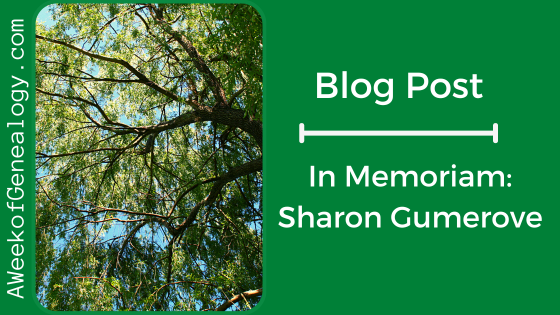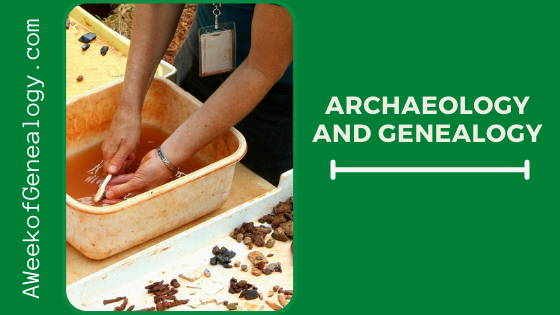In Memoriam: Sharon Gumerove

This past year the frequency of blog posts slowed as I processed the loss of my best friend since 8th grade, Sharon Gumerove. You might have seen her name gracing the dedications in my books, acknowledging her unwavering support of my efforts, especially in website and editing services.
Being from different boroughs in New York City, we might not have met had it not been for us attending what could be considered a magnet school, Hunter College High School. Our adventures could easily fill a book. We were part of a team publishing a science fiction fan magazine in high school and college. We drove across the country when I moved to California, long before she had her driver’s license. There were so many great times we spent together. More than that, we were family.
If our adventures could fill a book, Sharon’s acts of kindness to others could fill a library. She was a beacon of generosity, always ready to lend a helping hand. The lives she touched were undoubtedly better for having known her.
Thanks to phone calls and social media we stayed in close contact. Just before her passing, we spent countless late nights discussing uses of new artificial intelligence (AI) technologies. Her focus was on content creation for her websites and social media; my focus was about how to use AI in genealogy and to support all types of learning. We bounced ideas off each other, sharing our experiments and what we had learned. The feeling of loss echoes every time I contemplate reaching out to share a moment or inquire about her life.
Sharon had an array of plans for the future; her death was truly unanticipated. I found myself drawing on the genealogical search and contact skills I had amassed to reach out to those close enough to attend her funeral and the users of her web hosting service. She had hosted my website, and the transition, though challenging, became manageable with the skills she had imparted. She had taught me enough to manage my website; I only needed to learn about web hosting.
As we step into 2024 with hopes and plans, there’s an undeniable sadness: a realization that we are closing the book on the last year Sharon was with us. May her memory be a blessing, a testament to the profound impact she had on all our lives.





